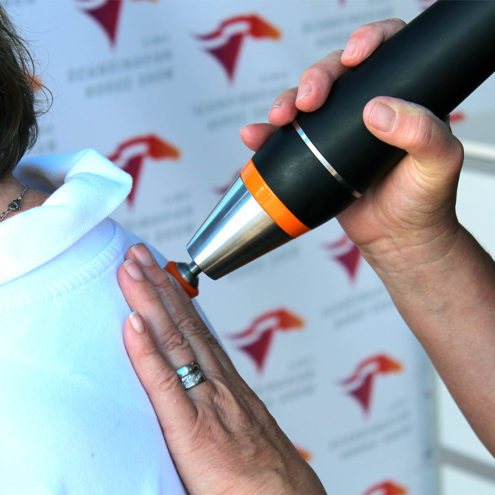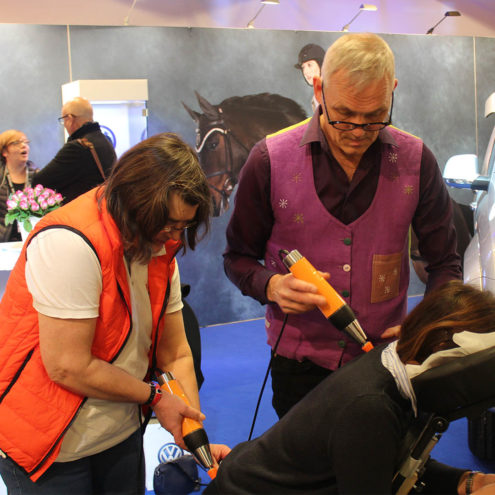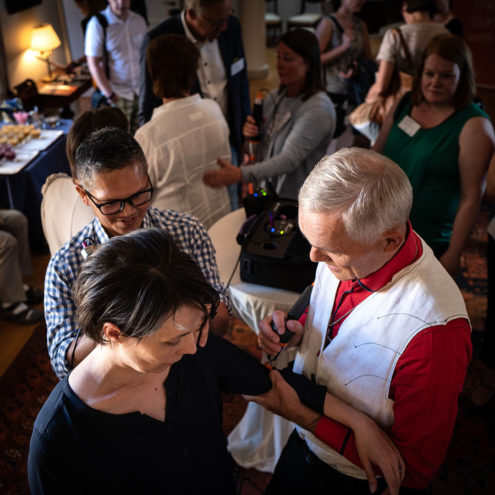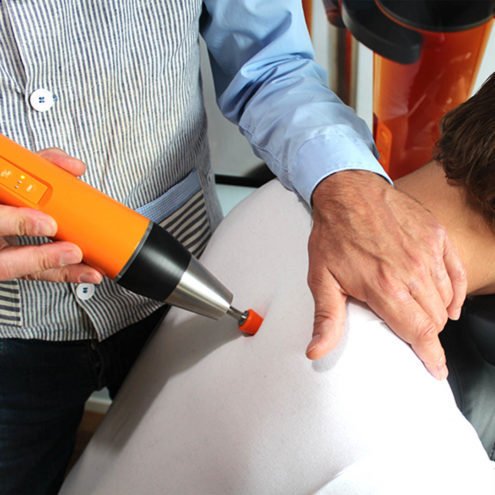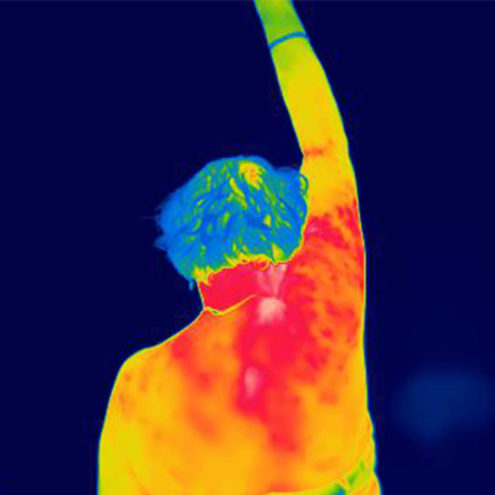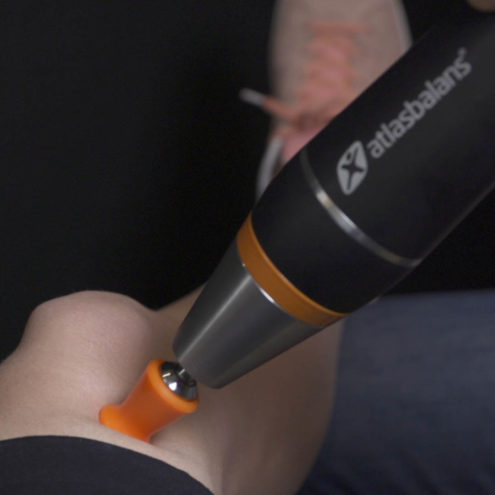Walking with Meniscus Injury: Tips and Advice
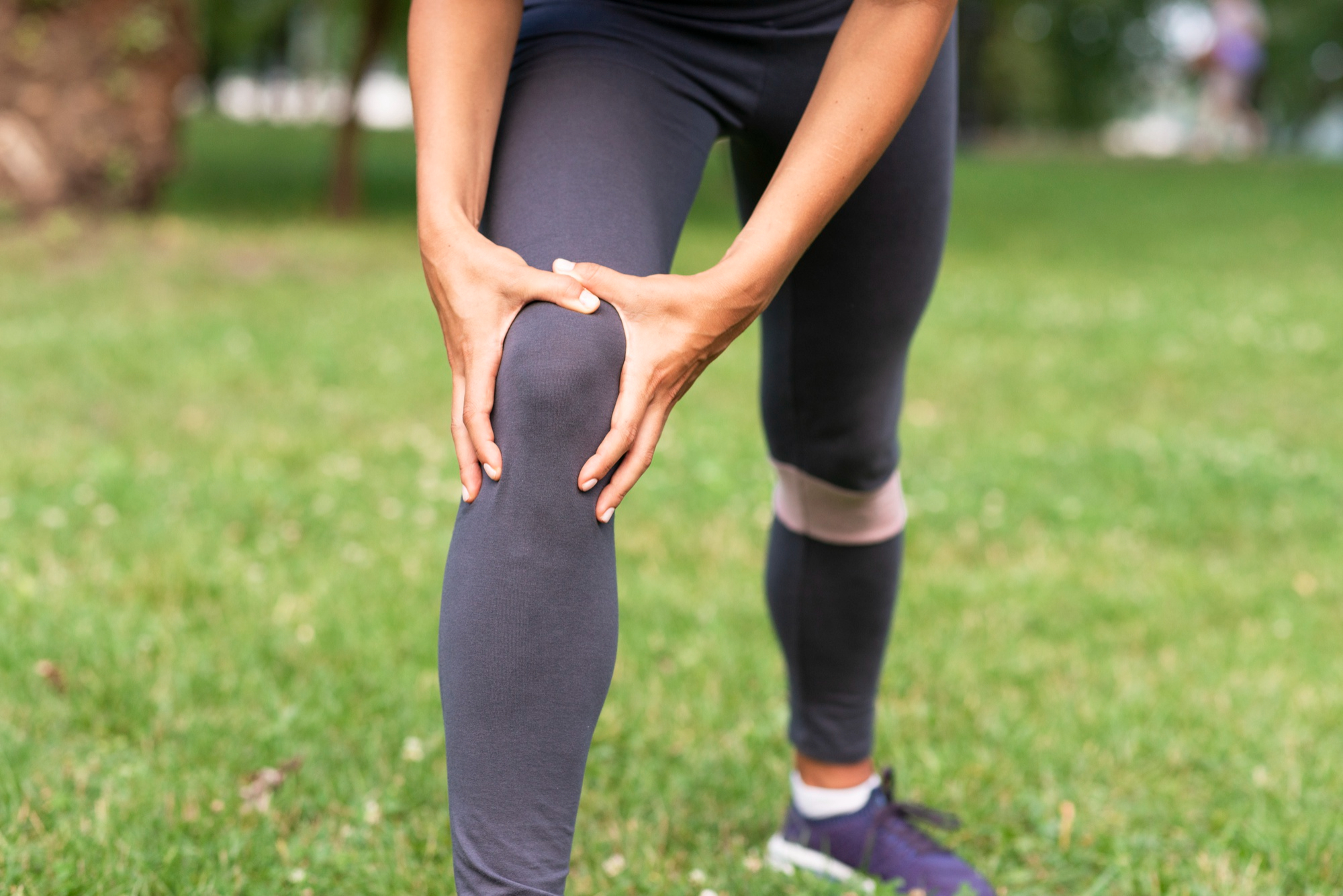
Meniscus injuries are a common knee injury that often affects the mobility of the joint. For many people, walking is an important part of everyday life and a key to maintaining health and mental well-being. So how does a meniscus injury affect your ability to walk, and what should you consider to avoid further injury? In this article, we will explore these issues and provide practical tips for continuing to walk with a meniscus injury.
Can I walk with a meniscus injury?
Assessment of meniscus injuries and appropriate activity
The menisci are two cartilage discs in the knee that act as shock absorbers between the femur and tibia. Injuries to the meniscus can be caused by twisting or sudden movements, often during physical activity. When you have a meniscus injury, it is important to get a proper assessment from a medical professional, who can determine the extent of the injury and recommend appropriate activities.
Mild meniscus injuries can often be managed with conservative treatments such as rest, ice, compression and elevation (the RICE method). For these injuries, walking may be allowed, but with some precautions. If the injury is severe, surgery or other interventions may be necessary, and walking may need to be limited or avoided until the knee joint has healed.
Precautions for walking with meniscus injury
If you have been cleared by your doctor to walk with a meniscus injury, there are several precautions you should take. These include avoiding uneven terrain and steep slopes, wearing supportive shoes and considering using knee braces for extra stability. Listen to your body and stop if you experience pain or discomfort.
How does a meniscus injury affect my ability to walk?
Pain and discomfort during or after walking
Pain and discomfort are common symptoms of a meniscus injury, especially when putting strain on the knee joint such as when walking. The pain can be sharp and stabbing or a more diffuse ache. It is important to listen to your body and not ignore pain, as this can be a sign that the injury is getting worse.
Limited mobility and stability in the knee
A meniscus injury can also lead to limited mobility and stability of the knee. This can make it difficult to bend or straighten the knee fully, and can feel like the knee ‘locks’ or feels unstable. This instability can increase the risk of tripping or falling while walking.
Risk of aggravation of the injury in the event of overload
Overloading an injured knee can lead to further damage and prolong the healing time. Therefore, it is important to adapt your activity to the extent of the injury and to gradually increase the intensity and duration of your walks as your knee heals and gets stronger.
Tips for walking with a meniscus injury
Adapt the pace and length of the walks to the comfort level
One of the most important aspects of walking with a meniscus injury is to adapt the pace and length of walks to your comfort level. Start with shorter, slower walks and gradually increase the length and pace as you feel your knee can cope. Take regular breaks and avoid walking too far or too fast, especially at the beginning.
Wear cushioning shoes and possibly knee support to reduce strain
Wearing the right shoes is crucial when walking with a meniscus injury. Choose shoes that provide good support and cushioning to reduce stress on the knee. You may also consider using a knee brace for extra stability and to take pressure off the knee when walking. Knee braces can be particularly useful for longer walks or when walking on uneven ground.
Exercise caution when walking on uneven terrain or slopes
Uneven terrain and steep slopes can put extra strain on your knees and increase the risk of further injury. If possible, choose flat and even surfaces for walking. If you have to walk on uneven terrain or slopes, be extra careful and take it easy. Use a walking stick or cane for extra support if needed.
How can we help you manage walking with meniscus injury?
At the FasciaClinics, the whole body is analyzed to see where compensations and misalignments exist and how they may have affected the meniscus. If there is a primary misalignment in the body, imbalances can spread further in the body so that muscles, joints and tendons are more easily overstressed. Fascia treatment for meniscus problems involves balancing the body to make the loads on the knee joints more even. A more even load will reduce the wear and tear on the muscles and other structures of the legs, thereby reducing the risk of further injury.
Combining medical expertise with personalized care can help you regain mobility and relieve pain, allowing you to return to your daily activities with increased comfort and confidence.
Ultimately, our goal is to help you achieve a sustainable change in your mobility and activity. We offer education and tools that you can use in your everyday life to maintain an active lifestyle and prevent future problems. Whether you’re suffering from an acute meniscus injury or a chronic knee issue, we’re here to help you every step of the way.For more information about our services and how we can help you manage walking with a meniscus injury, visit our FasciaClinics website. Here you will also find resources and articles on meniscus injuries and other related topics that may be helpful to you.
 Search
Search

